This article was published in the Nuclear & Plasma Sciences Society newsletter of September 2017

Author
Positron emission tomography (PET) enables 3D visualization of vital physiological information, e.g.,
metabolism, blood flow, and neuroreceptor concentration by using targeted radioisotope-labeled tracers.
Quantitative interpretation of PET images is crucial both in diagnostic and therapeutic contexts. As a result of its
unique functional capabilities, PET imaging plays a pivotal role in diagnostics and in therapeutic assessment in
many areas of medicine, including oncology, neurology, and cardiology. Accurate quantitation requires correction
of PET raw data and/or images for a number of physical effects. These include attenuation correction, randoms
and scatter correction, subject motion correction, and partial volume correction. We have developed a range
of techniques that address the PET denoising, motion compensation, deblurring problems. Several of these
methods greatly enhance the quantitative capabilities of PET particularly by incorporating information from an
anatomical imaging modality such as magnetic resonance imaging (MRI).
IMAGE DENOISING
Faced with a fundamental tradeoff between radiation dose and image noise, PET data is inherently noisy. The
high levels of noise in PET images pose a challenge to accurate quantitation. This issue is particularly well pronounced
at the early time frames of dynamic PET images, which are usually short to capture rapid changes
in tracer uptake patterns. In order to improve image quality and quantitative accuracy, statistical image reconstruction
algorithms model the Poisson characteristics of PET data
and employ numerical optimization algorithms to solve
the corresponding optimization problem [1, 2]. Common
reconstruction procedures, such as ordered subsets expectation maximization, are therefore routinely followed
by a post-filtering step for denoising the reconstructed image. A range of strategies have been proposed for
post-reconstruction denoising of both static and dynamic PET images [3, 4]. In recent years, image denoising
based on non-local means (NLM) has become popular [5]. Unlike conventional neighborhood filters, which
use local similarities, in this technique, the search for voxels similar to a given voxel is no longer restricted to its
immediate vicinity.

